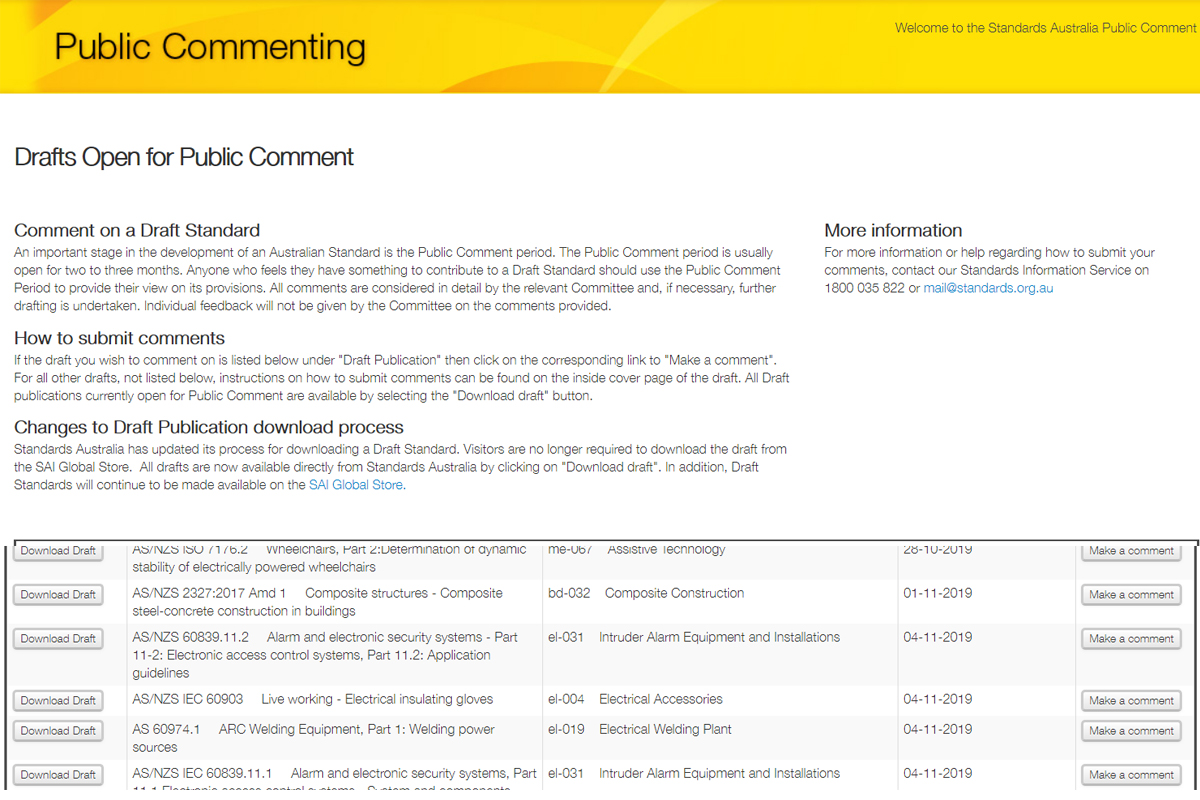A number of anomalies have been reported by users of AS/NZS 2327:2017, which has required corrections to be made. That’s why we’d like to advise that the first amendment is available for public comment.
This is for: DR AS/NZS 2327:2017 Amd 1:2019, Amendment 1 to AS/NZS 2327 — Composite structures—Composite steel-concrete construction in buildings.
Many of the practicing structural engineers consider AS/NZS 2327:2017 a difficult standard because of the inconsistencies. It is hoped these noted issues have been captured in Amendment 1. That’s why it is important that if you work with this standard you take the time to review and make sure this is the case, and raise any aspects that haven’t been included.
AS/NZS 2327:2017 is an important standard
At HERA, we had been heavily involved in the development of this joint Australian New Zealand standard. Our Former General Manager Structural Systems, Dr Stephen Hicks actively worked on its development for several years.
Concrete filled structural hollow sections are widely used as one of the most efficient structural steel sections in resisting compression. They have a high strength to weight ratio and produce slender attractive lines that make them a natural choice for load bearing columns.
To position our members to take advantage of these benefits, a software to design composite columns to AS/NZS 23237: 2017 is already available for use.
An additional aid is going to be a software to design composite beams and slabs, which is planned to be released in 2020. We intend to update both design software once the standard is updated.
Designers, it’s time to have your say!
This draft amendment is open for public comment until 1 November 2019. Make sure to review and submit your comments (if any) by following the link below.
Update shared by our Finite Element Analyst, Nandor Mago.
